Remember when birthday parties didn’t require professional planners, Pinterest boards, or second mortgages? Back in the 1960s, celebrations were simpler affairs, yet somehow they felt just as magical—perhaps even more so—than today’s elaborate events. Before character-themed extravaganzas and rented bounce houses became the norm, parties relied on classic games, homemade treats, and neighborly camaraderie that created memories lasting well into adulthood. For those who grew up during this golden era of childhood, these birthday traditions weren’t just fun—they were the foundation of our social lives and yearly milestones.
1. Homemade Birthday Cakes
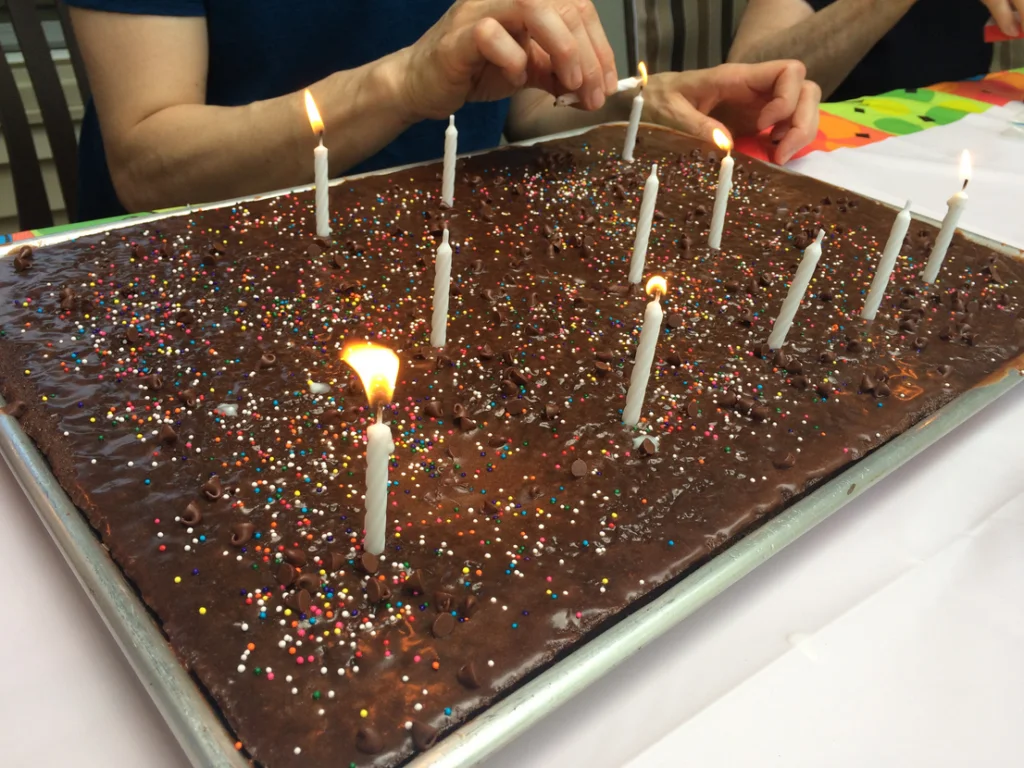
Store-bought cakes were rare luxuries—most birthday celebrants enjoyed homemade creations lovingly prepared from boxed mixes. Duncan Hines and Betty Crocker provided the foundation, but Mom added her personal touches with food coloring, sprinkles, and perhaps those small candy decorations that were nearly impossible to chew. The frosting was often spread unevenly, with cake crumbs mixed in despite Mom’s best efforts with the butter knife. For some inspiration, Goldbelly has a thorough list of the top flavors for special occasions.
Candles were the plain, striped variety—no musical or trick candles yet—counting out the birthday child’s age plus the traditional “one to grow on.” Blowing out these candles was serious business, as failure to extinguish them all in one breath meant your wish wouldn’t come true. The cake itself was served on paper plates alongside scoops of Neapolitan ice cream that melted into multicolored puddles while children debated which flavor was superior.
2. Paper Hats and Crepe Paper Decorations
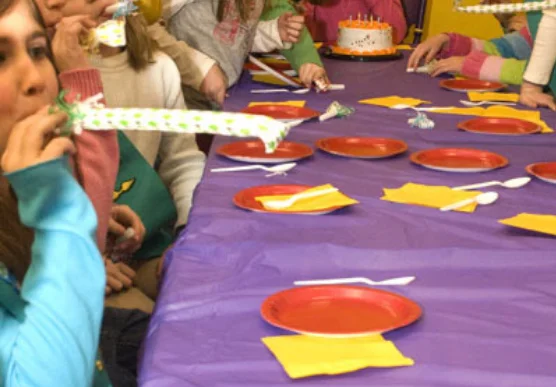
Pointy paper hats with thin elastic bands that snapped under your chin were standard issue at every birthday gathering. These conical symbols of celebration came in bright primary colors, often featuring simple designs of balloons or the words “Happy Birthday” repeated in a festive pattern. The elastic invariably caught in someone’s hair, producing tears that were quickly soothed with the promise of cake. Everything Party Supplies shares the surprising origins of the pointy party hat.
Crepe paper streamers transformed ordinary living rooms into birthday wonderlands, stretching from light fixtures to corners in colorful swoops. Mothers showed remarkable ingenuity with these fragile paper ribbons, twisting them into spirals that hung from doorways or creating criss-cross patterns across the ceiling. The tissue-thin material tore easily and faded quickly in sunlight, making the decorations as ephemeral as childhood itself—here today for the celebration, gone tomorrow with the return to ordinary life.
3. Musical Chairs with Records on the Hi-Fi
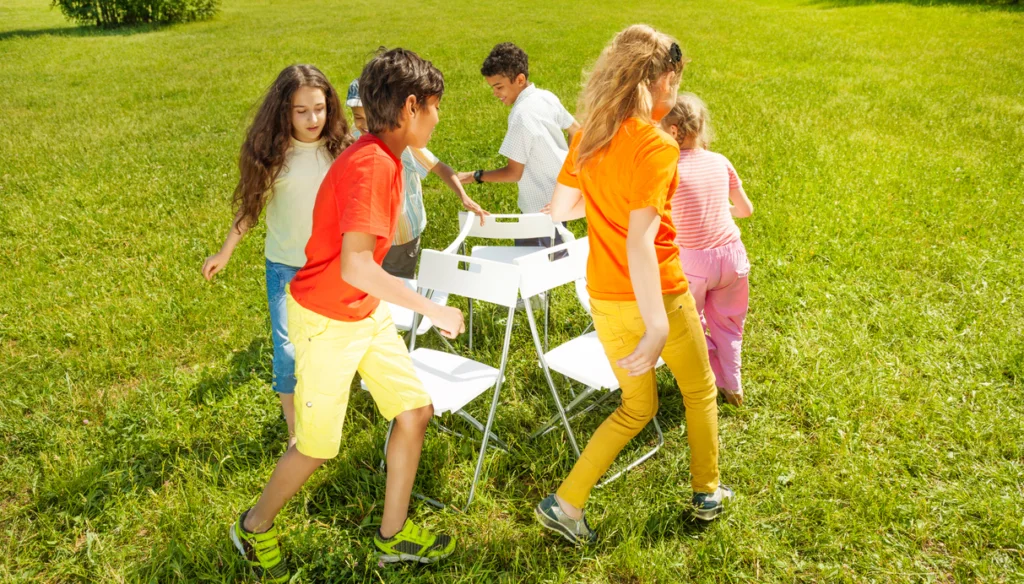
Musical chairs reached competitive heights unknown in today’s more cooperative children’s games. The family stereo—usually a substantial piece of furniture in its own right—would play 45s while children circled tensely around a row of carefully arranged chairs. Mom or Dad served as DJ and referee, lifting the needle when it was time for the mad scramble to find a seat. For more ideas, Real Simple has a list of fun games to ensure the day is full of fun.
The physical nature of the game often led to minor collisions, passionate disputes over who touched the chair first, and occasional bruised feelings that were quickly forgotten when cake appeared. The soundtrack typically featured popular hits from the likes of The Monkees, The Beach Boys, or perhaps The Beatles if your parents were particularly hip. As chairs were removed one by one, the final rounds became intense battles of strategy and speed that revealed the surprisingly cutthroat nature of otherwise sweet children.
4. Pin the Tail on the Donkey
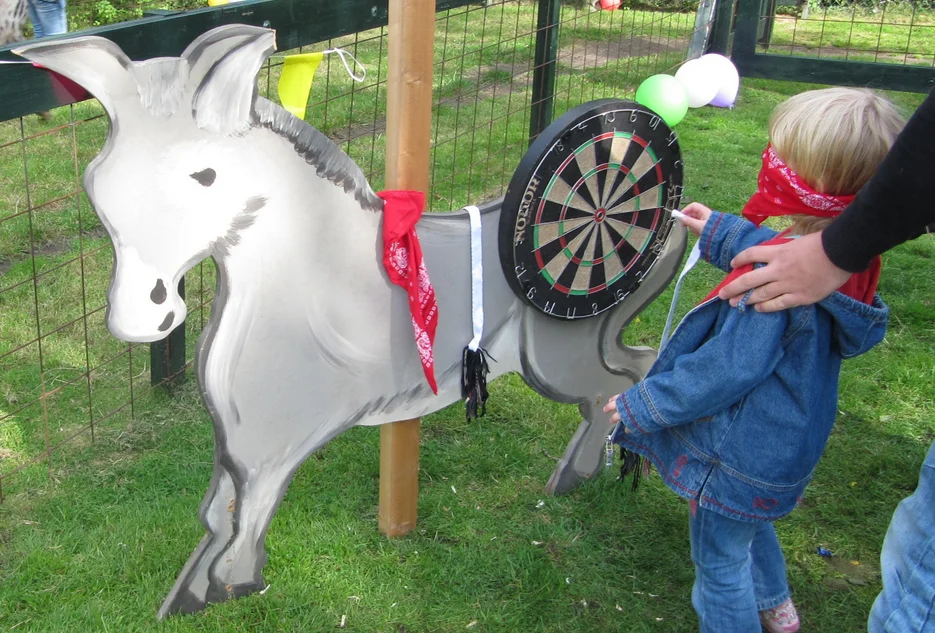
No 1960s birthday party was complete without this classic game that combined blindfolds, disorientation, and the challenge of affixing a paper tail to a poster donkey. Mom would carefully draw and color the donkey herself or purchase one of those mass-produced sets from the five-and-dime, complete with tails for each eager participant. The blindfold was often Dad’s handkerchief, slightly scratchy against your face as you were spun around until thoroughly dizzy.
The resulting attempts created a constellation of misplaced tails—on the donkey’s ear, the living room wall, or occasionally Grandma’s knee if she sat too close to the action. Each attempt brought roars of laughter from watching friends, with the winner receiving a small prize like a candy necklace or a tiny plastic toy. The game taught important childhood lessons about losing gracefully, as most kids missed the target by spectacular margins.
5. Party Favor Bags with Plastic Toys
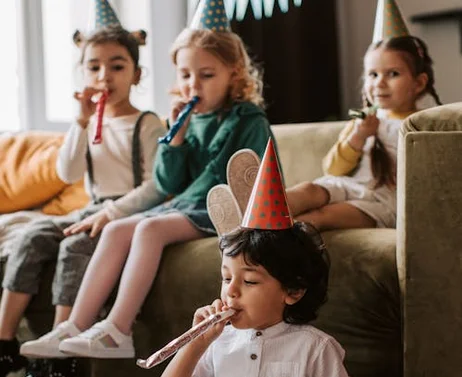
Before elaborate gift bags became an expected party feature, simple paper sacks contained a handful of inexpensive treasures for guests. These often included bouncy balls, plastic army men, jacks, or tiny dolls that parents would later step on in the middle of the night. The toys were frequently made in Japan or Hong Kong, with occasional rough edges that would never pass today’s safety standards.
Candy made up the remainder of the bag’s contents—wax bottles filled with colored sugar water, candy buttons on paper strips, or those chalky candy cigarettes that let kids pretend to be grown-ups. Sometimes the birthday child’s mother would include homemade cookies wrapped in waxed paper, a personal touch that store-bought goody bags can’t replicate. These simple favors were received with genuine excitement, examined and compared as guests waited for their parents to pick them up.
6. Pass the Parcel and Hot Potato Games
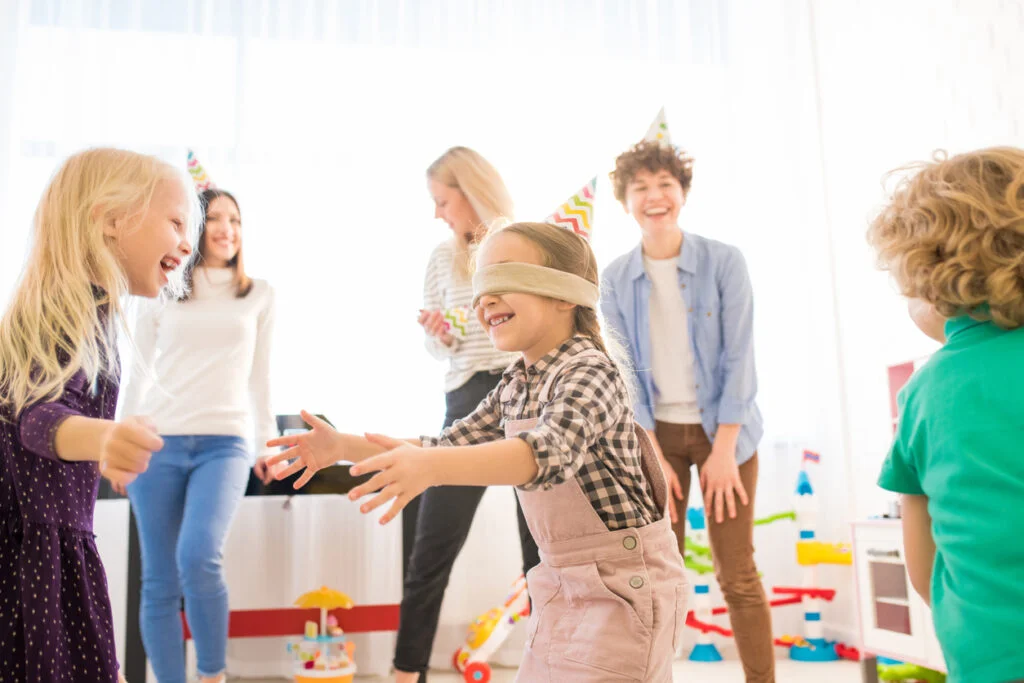
Pass the Parcel created suspense through multiple layers of newspaper wrapping (the comics section if you were lucky) concealing a small prize at the center. Music from the family record player determined when the passing stopped, with each child removing one layer before the bundle continued its journey around the circle. The game could be manipulated by parents who controlled the music, ensuring the birthday child or a shy guest would win the final unwrapping.
Hot Potato used a small object—rarely an actual potato—passed quickly from hand to hand while music played. The frantic pace and anticipation of the music stopping created a level of anxiety that, in retrospect, seems remarkable for a children’s game. The “potato” was sometimes a small ball or even a wadded-up piece of newspaper, demonstrating how little equipment was needed to entertain a group of children in those simpler times.
7. Balloons in Primary Colors

Balloons were simple rubber affairs in primary colors, inflated by parents who risked light-headedness for the sake of decoration. These were not helium-filled—they didn’t float magically near the ceiling but instead were taped to walls or strung together in bunches. Pop-resistant mylar balloons hadn’t yet been invented, so the sudden explosion of an over-inflated balloon was a common party surprise that left at least one child in tears.
Games involving balloons were staples of the birthday circuit, from balloon tosses to sitting on them until they popped. Occasionally a parent with strong lungs would twist balloons into simple dog shapes, amazing children who had never heard of professional balloon artists. At the end of the party, each child might take home an intact balloon—a temporary souvenir that would likely meet its demise before bedtime.
8. The Classic Piñata Experience
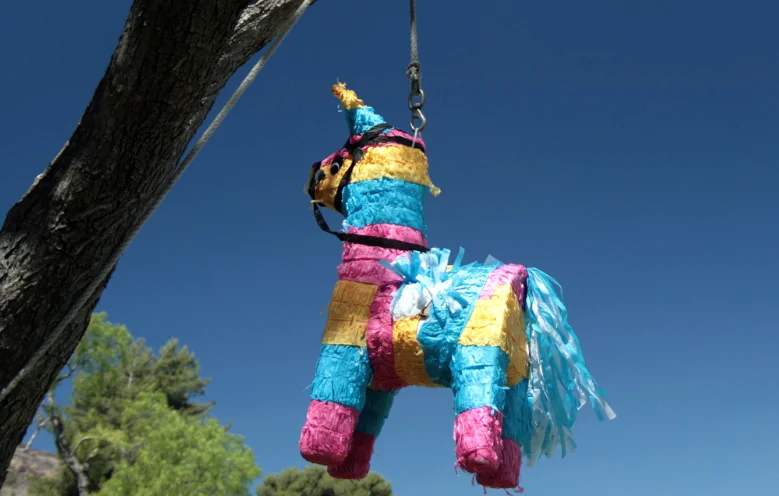
Piñatas brought an element of sanctioned destruction to birthday celebrations that children found irresistible. These were often homemade creations of papier-mâché formed over balloons and decorated with crepe paper, resembling vaguely recognizable animals or simple geometric shapes. The filling consisted of individually wrapped candies, perhaps some pennies, and small toys that would survive the fall to the ground.
Children took turns swinging a wooden stick or broom handle while blindfolded, guided by conflicting advice shouted by helpful friends. Parents hovered nervously as sticks whooshed through the air, occasionally making contact with something other than the intended target. When the piñata finally broke, the ensuing candy scramble was a free-for-all that tested friendships and revealed character—whether you grabbed everything in reach or made sure the birthday child and smaller guests got their share.
9. Matching Party Plates and Napkins
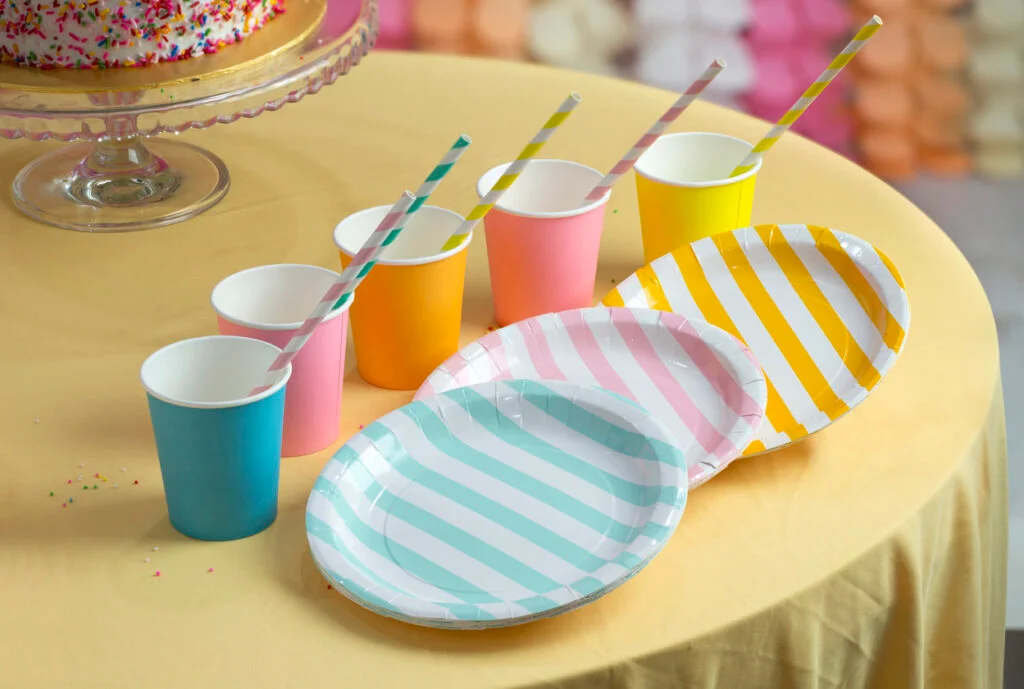
Themed party supplies were simpler affairs, usually featuring general birthday motifs rather than specific characters or brands. Paper plates displayed balloons, party hats, or perhaps generic clowns that would later populate childhood nightmares. The matching napkins were barely absorbent but added to the festive atmosphere with their bright colors and birthday cake designs.
These coordinated paper goods were purchased at the local five-and-dime store, where mothers selected from a limited but cheerful assortment. The plates were flimsy affairs that buckled under the weight of cake and ice cream, occasionally dumping the contents into a child’s lap. Despite their practical shortcomings, these matching supplies transformed an ordinary family meal into something special—a visual signal that today was not like other days.
10. The Telephone Game and Other Seated Activities
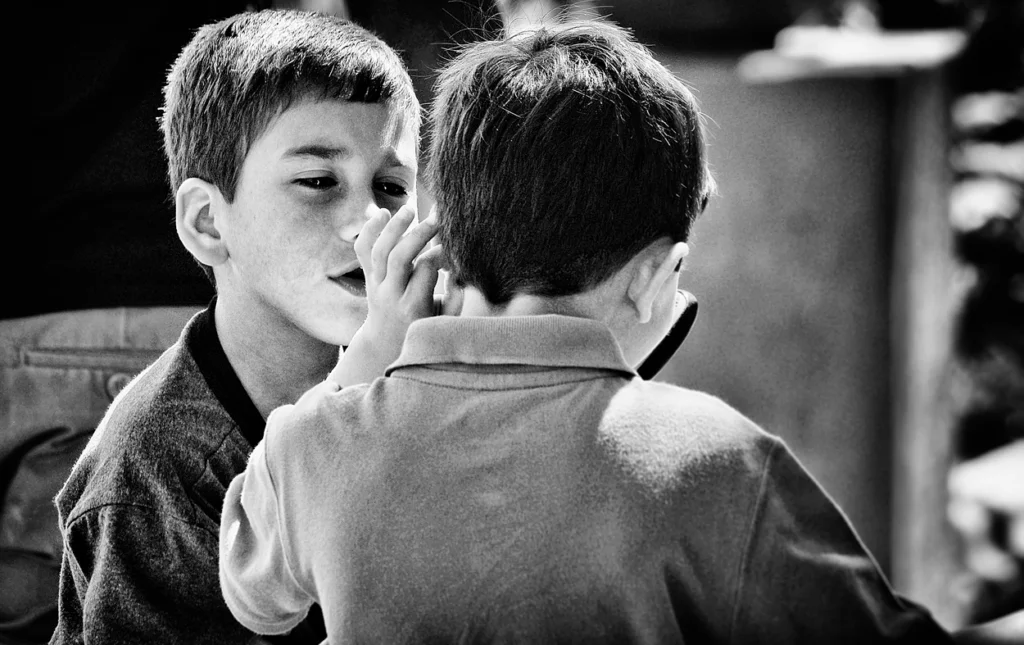
The Telephone Game (sometimes called “Whispers”) provided a structured activity when energy levels needed to be brought down after more rambunctious play. Children sat in a circle, passing a whispered message from ear to ear until the final recipient announced the hilariously garbled result. The initial message, often selected by a parent, would transform from “Happy birthday to our special friend” to something nonsensical like “Flappy bird days with purple socks.”
Other quiet games included “Twenty Questions” or the memory challenge “I’m Going on a Picnic,” which kept children engaged while giving parents a brief respite from the chaos. These games required no equipment or preparation, relying instead on imagination and the inherent humor of childhood misunderstandings. They worked equally well in cramped apartments or spacious suburban homes, democratizing the birthday experience across economic backgrounds.
11. The Arrival of the Birthday Cards
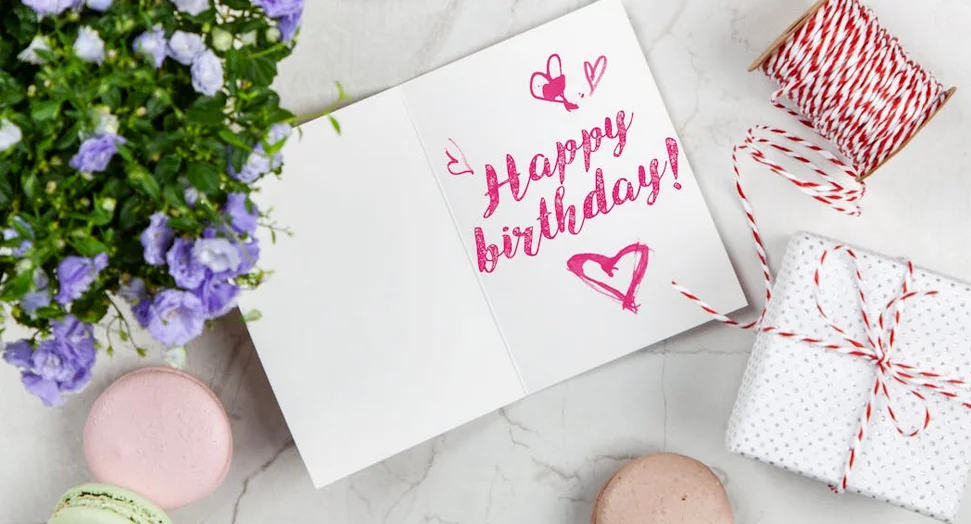
Birthday cards were significant artifacts, displayed prominently on the mantelpiece or special shelf for days or even weeks after the celebration. Each envelope was opened with ceremony, the card read aloud to the assembled guests whether they were interested or not. Cards from relatives often contained a crisp dollar bill or perhaps a whole five dollars from especially generous grandparents—money that seemed like substantial wealth to children of the 1960s.
The most coveted cards featured mechanical elements—parts that moved when tabs were pulled or wheels that turned to reveal different images. These cards cost significantly more than standard ones, marking the sender as someone special in the birthday child’s life. Handmade cards, adorned with glitter or construction paper cutouts, held places of honor among the store-bought varieties, especially those created by best friends or siblings.
12. The Classic Ice Cream and Cake Combination
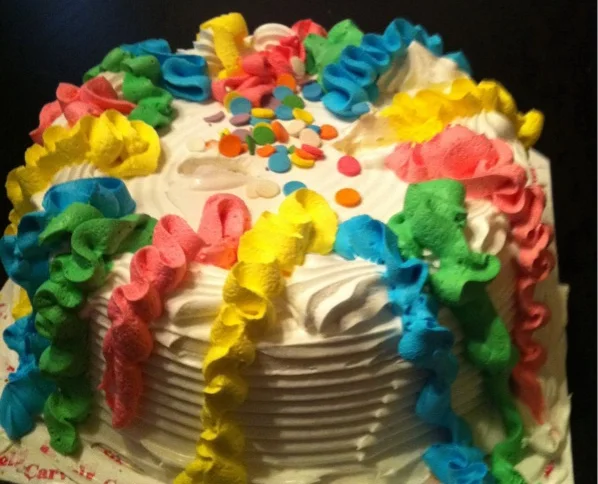
Ice cream and cake—the quintessential birthday pairing that has outlasted many other traditions from the era. In the days before specialty ice cream shops and designer bakeries, choices were delightfully limited: vanilla, chocolate, strawberry, or the striped combination of Neapolitan. The ice cream came from half-gallon cardboard containers that Dad would set out to soften while Mom lit the candles.
Serving techniques varied from household to household—some preferred ice cream alongside the cake while others placed it directly on top to create a melting, messy delight. The race to eat both before the ice cream transformed into sweet milk was part of the experience, with mothers hovering nearby with paper napkins. This simple combination provided the sugar rush that fueled the remainder of the party activities and left colorful evidence around children’s mouths for commemorative photographs.
Today’s elaborate celebrations with bounce house rentals, professional entertainers, and Instagram-worthy dessert tables seem worlds away from these simple gatherings. Yet those of us who experienced the birthday parties of the 1960s remember them not for what they lacked but for their genuine warmth and creativity. Perhaps in our quest to give today’s children “perfect” celebrations, we’ve lost sight of what made those simpler parties so special—the focus on friendship, imagination, and the birthday child’s genuine joy rather than parental competition or social media documentation. The traditions may have evolved, but the purpose remains the same: to make one child feel extraordinarily special for just one day out of the year.


